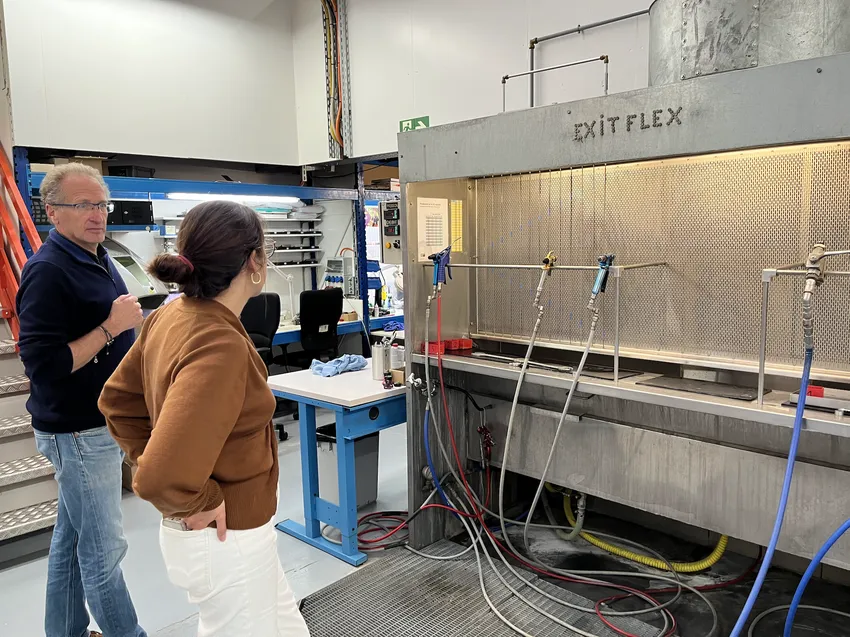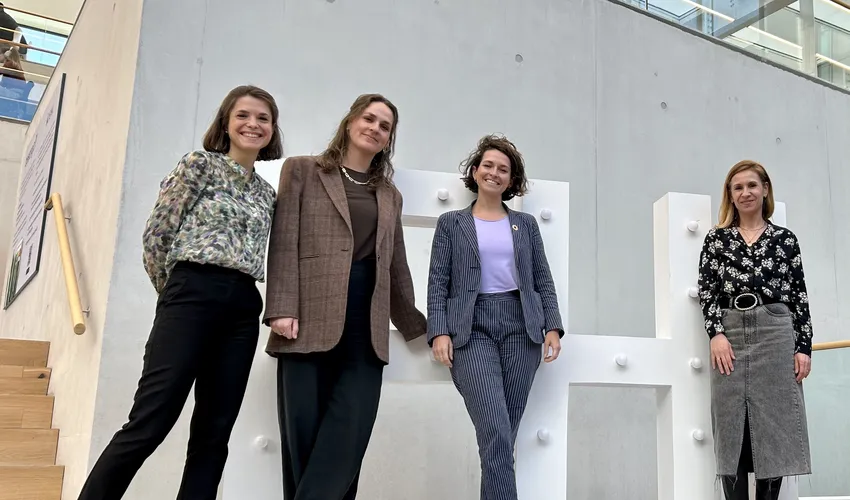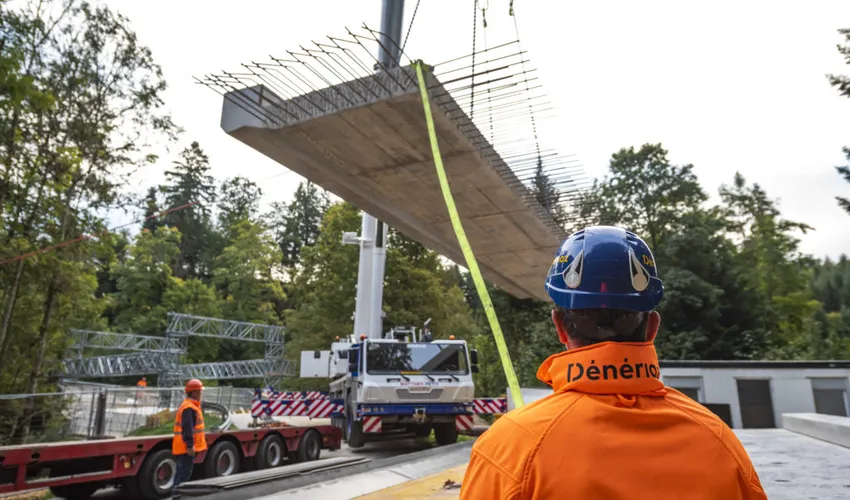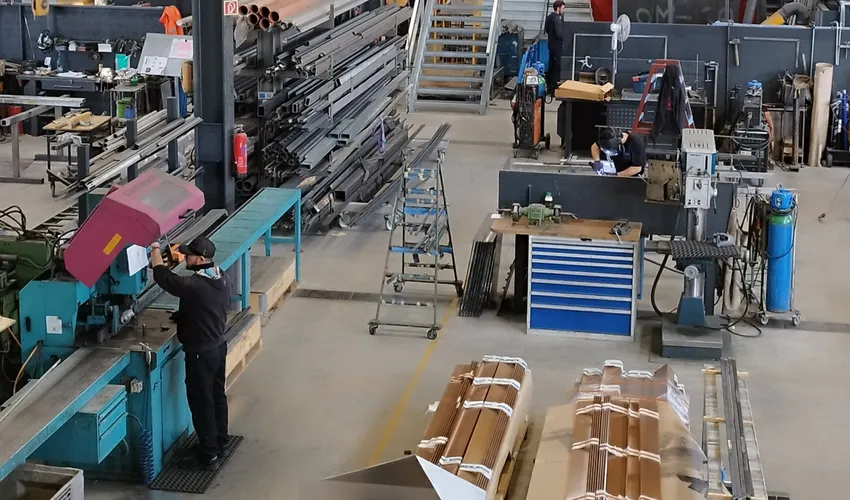Claude Wieland, Exitflex est une PME vaudoise qui fait partie du groupe indien Polyhose India Pvt Ltd depuis 2009. Quelle est la place du développement durable chez vous ?
We have a high degree of independence in our operations and have always sought to optimize processes over the long term for some time. Our production waste (tungsten carbide inserts) has been going back to our suppliers for a long time, so we started with a project to optimize packaging, which at the time was made in the USA. This required a significant investment in terms of time, but our current packaging is smaller, customizable and made in Switzerland from recyclable PET. Its environmental impact is reduced by its size, use of resources and reduced transport.
So you were already convinced by sustainable development before joining La Fabrique Circulaire. What motivated you to get involved with La Fabrique Circulaire?
The positive impact of the new packaging encouraged us to go further, and La Fabrique Circulaire came along at just the right time. In an SME, you always have your head in the handlebars, and La Fabrique Circulaire enabled us to carry out a 360-degree analysis.
What was your path towards circular economy?
Grâce à l’analyse à 360 degrés, nous avons pu nous positionner. Nous avons quantifié l’empreinte carbone d’une de nos buses de pulvérisation industrielle et de son emballage, et identifier des scénarios pour diminuer cet impact et lancer une démarche d’éco-conception avec nos fournisseurs. Nous connaissons maintenant aussi les différents leviers : diminuer le volume de la matière, s’approvisionner en matériaux à moindre impact, par exemple en identifiant des matières équivalentes mais recyclées, optimiser la logistique, ou encore, faciliter la gestion en fin de vie. D’après les différents scénarios et en fonction des choix techniques qui seront effectués, nous avons un potentiel de réduction des émissions de GES entre -30% et -55% sur le produit étudié et son emballage, ce qui est assez conséquent.
As an SME, we have been able to familiarize ourselves with the operational principles of ecodesign and its methodology. We now have the tools to adopt the right reflexes and ask ourselves the right questions.
Have you seen any additional benefits apart from the products?
As an SME, we have been able to familiarize ourselves with the operational principles of ecodesign and its methodology. We now have the tools to adopt the right reflexes and ask ourselves the right questions.



